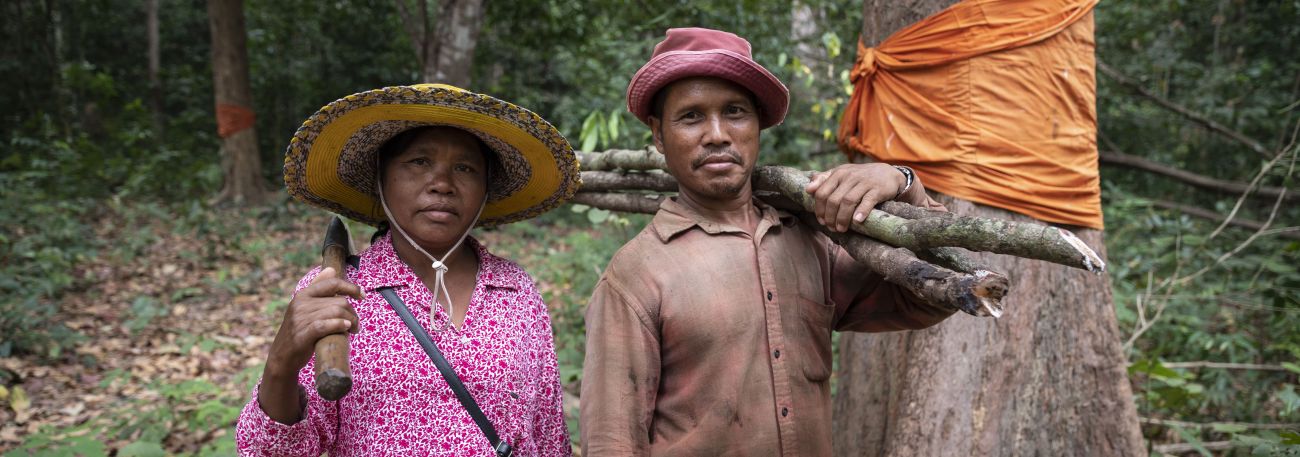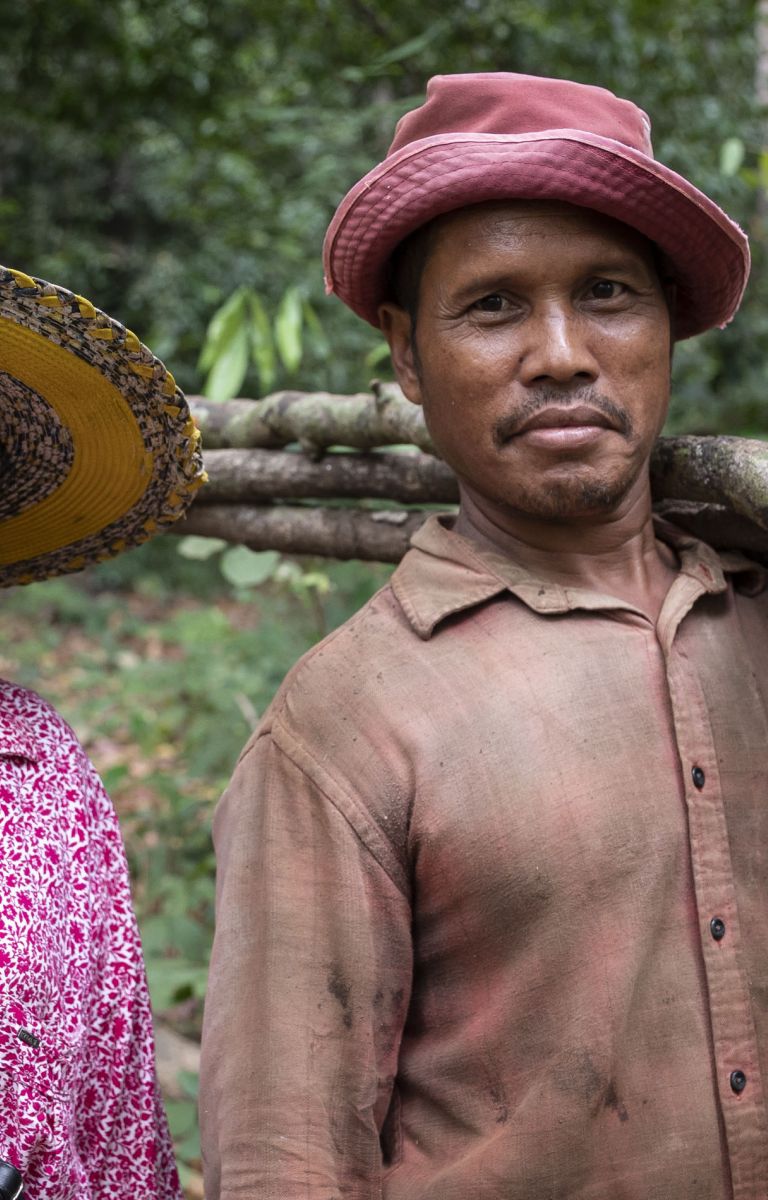

Deforestation and forest degradation are responsible for more than 10 percent of the global greenhouse gas emissions that cause climate change. The Reducing Emissions from Deforestation and Forest Degradation (REDD+) initiative was established to help address this.
REDD+ is an initiative to reduce carbon emissions from deforestation and forest degradation. The plus sign recognizes the role of conservation, sustainable management of forests and enhancement of forest carbon stocks in developing countries. REDD+ offers a framework and significant resources that could be used for FLR. In return, FLR can assist different phases of a REDD+ program.
How REDD+ and FLR are mutually supportive
In 2010, Parties to the UN Framework Convention on Climate Change agreed on seven safeguards to protect against social and environmental risks related to REDD+. Among other things, the safeguards require:
- Respect for the knowledge and rights of indigenous peoples and members of local communities
- The full and effective participation of relevant stakeholders, in particular indigenous peoples and local communities
- That actions are consistent with the conservation of natural forests and biological diversity to incentivize the protection and conservation of natural forests and their ecosystem services, and to enhance other social and environmental benefits, taking into account the need for sustainable livelihoods of indigenous peoples and local communities and their interdependence on forests in most countries
REDD+ and FLR both seek to identify and tackle the root causes of deforestation and forest degradation. REDD+ does this to curb emissions. FLR helps landscape stakeholders agree on a sustainable restoration solution to enhance the landscape’s overall productivity.
REDD+ attracts global and national attention to the benefits of forests and urges investments in forests. This can help FLR encourage stakeholder participation and attract financial support. In return, FLR’s participatory approach and social equity focus can reinforce REDD+ safeguards (Box 1).
FLR can also benefit from the huge amount of work already done for REDD+ in areas such as policy influencing and stakeholder capacity development, mainly for local and indigenous communities. In exchange, FLR could provide a landscape lens that enables REDD+ programs to increase sustainability and broaden their impacts beyond forests.
If the forest carbon market materializes as envisaged by REDD+, the private sector and other funders would find forest investments, including for FLR, more attractive. Even before that time, financing opportunities for REDD+ can support FLR interventions. For example:
- UN-REDD was launched in 2008 to help develop national REDD+ strategies. By May 2020, it had spent nearly US$300 million.
- The Forest Carbon Partnership Facility’s Readiness Fund and Carbon Fund could support the REDD+ activities in selected countries. As of May 2020, the participating countries in Southeast Asia were Cambodia, Indonesia, Lao PDR, Thailand and Vietnam.
- The Global Environment Facility also provides REDD+ financing as part of its wider investment in sustainable forest management, which totalled US$250 million in 2014–2018.
- At the local level, the Community-Based REDD+ (CBR+) Small Grants of up to US$50,000 was launched by UN-REDD and GEF in 2015.
Corresponding activities
Since REDD+ and FLR both seek to address deforestation and forest degradation, there are potential overlapping interventions and activities. Figure 2 gives examples of possible areas of synergy. Practitioners and facilitators should note that these are only suggestions. More analysis is needed as synergies between REDD+ and FLR can vary across local contexts.
Figure 3. Examples of corresponding areas of work between REDD+ and FLR

